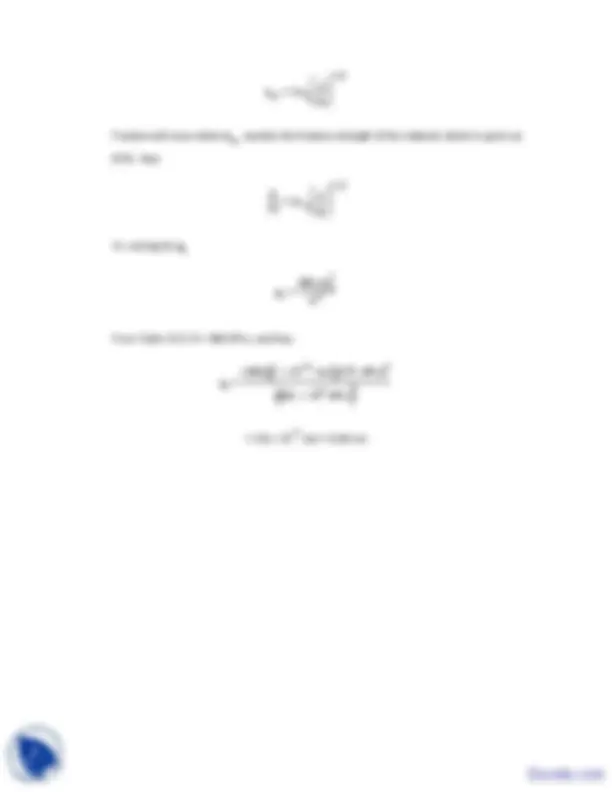



Study with the several resources on Docsity

Earn points by helping other students or get them with a premium plan


Prepare for your exams
Study with the several resources on Docsity

Earn points to download
Earn points by helping other students or get them with a premium plan
Community
Ask the community for help and clear up your study doubts
Discover the best universities in your country according to Docsity users
Free resources
Download our free guides on studying techniques, anxiety management strategies, and thesis advice from Docsity tutors
These are the Lecture Notes of Material Science for Engineers which includes Aluminum Alloy, Minimum Yield Strength, Minimum Ductility, Tabulations, Sets of Time Ranges, Desired Set of Properties, Heat Treating Time, Time Range etc. Key important points are: Face Diagonals, Coordination Number, Rock Salt Crystal Structure, Anions and Cations, Right Triangle, Unit Cell Edge Length, Chemical Formula, Nonstoichiometric Material, Fracture Strength
Typology: Study notes
1 / 3

This page cannot be seen from the preview
Don't miss anything!


12.3 This problem asks us to show, using the rock salt crystal structure, that the minimum cation-
to-anion radius ratio is 0.414 for a coordination number of six. Below is shown one of the
faces of the rock salt crystal structure in which anions and cations just touch along the
edges, and also the face diagonals.
From triangle FGH ,
GF = 2r A
and FH = GH = r A
Since FGH is a right triangle
or
which leads to
r A
2 r A
Or, solving for r C
/ r A
r C
r A
12.15 This problem calls for us to determine the unit cell edge length for MgO. The density of
MgO is 3.58 g/cm
and the crystal structure is rock salt.
(a) From Equation (12.1)
ρ =
n' A Mg
n' A Mg
a
Or,
a =
n' A Mg
O
ρN A
1/ 3
(4 formula units/unit cell)(24.31 g/mol + 16.00 g/mol)
3.58 g/cm
6.023 x 10
formula units/mol
= 4.21 x 10
(b) The edge length is to be determined from the Mg
and O
radii for this portion of the
problem. Now
a = 2r
Mg
2+
O
2-
From Table 12.
a = 2(0.072 nm) + 2(0.140 nm) = 0.424 nm
12.32 (a) For a Cu
compound in which a small fraction of the Cu
ions exist as Cu
, for
each Cu
formed there is one less positive charge introduced (or one more negative
charge). In order to maintain charge neutrality, we must either add an additional positive
charge or remove a negative charge. This may be accomplished be either creating Cu
interstitials or O
vacancies.
(b) There will be two Cu
ions required for each of these defects.
(c) The chemical formula for this nonstoichiometric material may be expressed as Cu 1+x
or CuO 1-x
, where x is some
small fraction.
12.38 We are asked for the critical crack tip radius for an Al 2
material. From Equation (8.1)